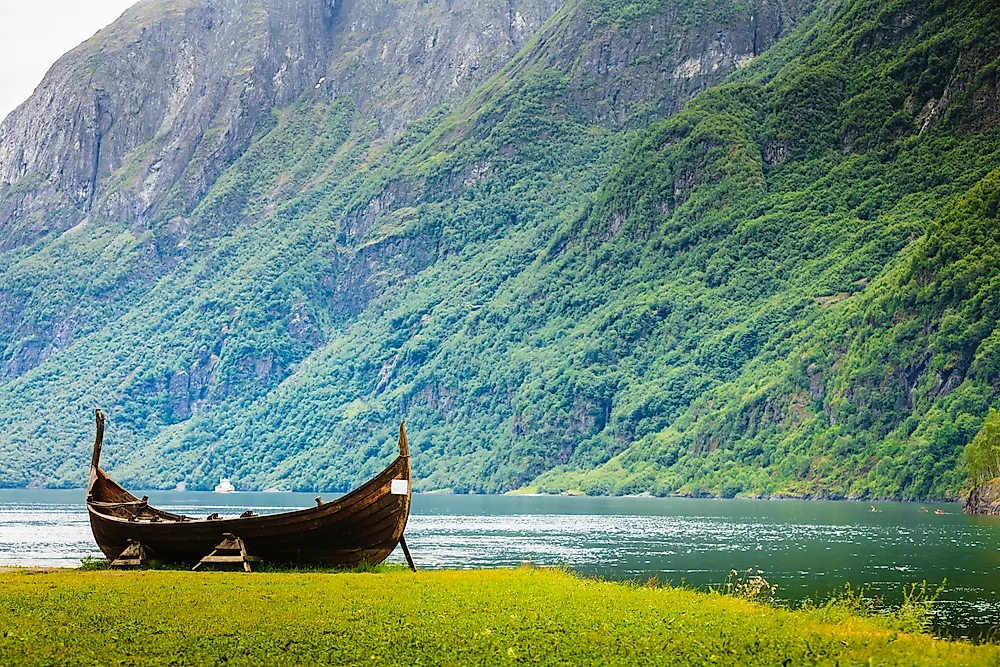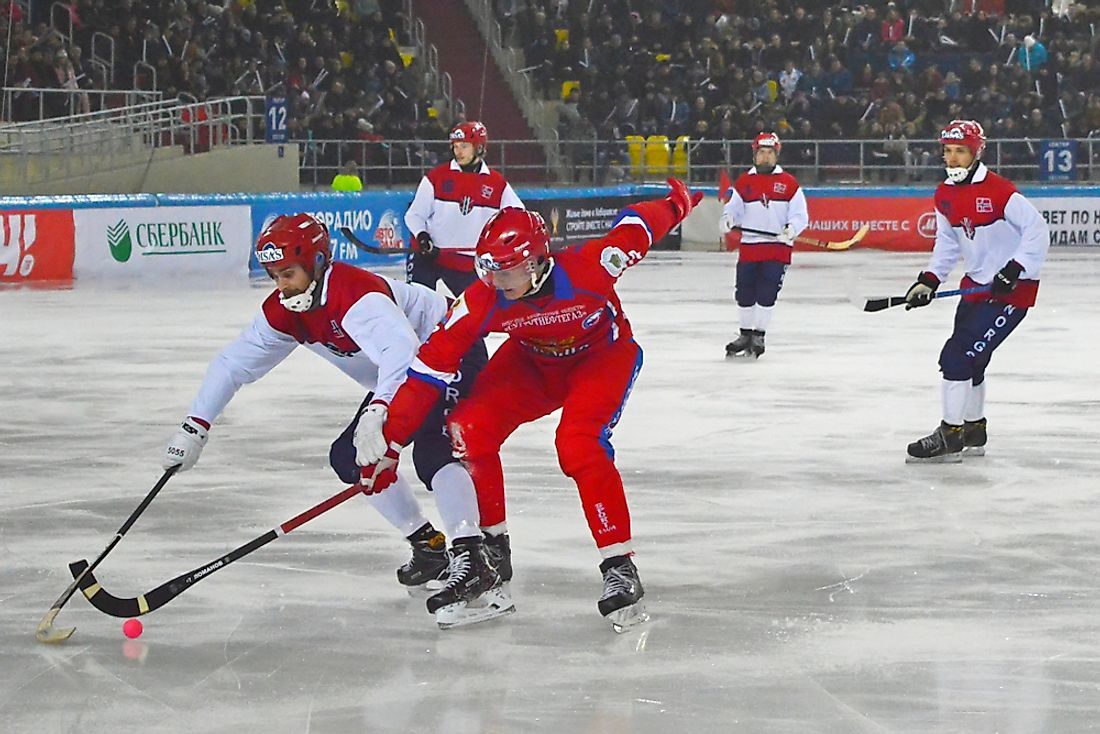The Culture Of Norway

Norway is a Scandinavian nation with a population of around 5 million. Ethnic Norwegians constitute the largest ethnic group in the country and account for 83.2% of the total population. Other European ethnic groups and others comprise 8.3% and 8.5% of the total population of Norway, respectively. The vast majority of Norway’s population adheres to Christianity. 71.5% of the population is affiliated to the Evangelical Lutheran Church of Norway. Roman Catholics account for 2.8% of the population. The rest of the population comprises of followers of other Christian denominations, Islam, Hinduism, etc.
6. Cuisine Of Norway

Traditional Norwegian cuisine is based primarily on the raw materials that are available in the mountains, wilderness, and coasts of the country. Fish and game are the most important constituents of this cuisine. Modern cuisine of the country is, however, largely influenced by international cuisines and includes pizzas, tacos, pasta, etc. Some of the famous dishes of Norwegian cuisine include smalahove (dish made from sheep’s head), pinnekjøtt (a mutton or lamb dish), Rakfisk (a dish made from char or trout that is stored for up to a year with salt and the fermented fish is then eaten raw), etc.
5. Music and Dance
The folk music and dance of Norway includes a number of traditions and many indigenous musical instruments. The Hardanger fiddle, Swedish bagpipes, lur, and kari are some examples of such instruments. In the modern-day, the country is famous for black metal. Although this genre of music originated elsewhere, the musicians and bands of the country played a major role in developing the genre. Venom, Mercyful Fate, and Bathory are some famous Norwegian black metal bands. Leif Ove Andsnes from Norway is one of the world’s most renowned pianists. The pop music and jazz scene in Norway are also thriving.
4. Art In Norway
The art scene in Norway truly began in the 19th century. Portraits and landscapes were produced as popular works of the time. Johan Christian Dahl, Kitty Kielland, and Harriet Backer were some of the famous artists from Norway. Another internationally famous artist from Norway is Edvard Munch whose work The Scream, painted in 1893, is globally famous.
3. Norwegian Cinema
The cinema industry in Norway is notable for some of its excellent works. The first domestic production of the Norwegian film industry was released in 1907. It was named Fiskerlivets farer and is a story about fishermen. The first feature film was released in 1911. Tancred Ibsen and Leif Sinding are some of the most noted film directors of the Norwegian film industry in its early years. As of 2011, the industry has produced about 900 films with about a third of them being produced in the 21st century.
2. Sports In Norway

Norwegian culture includes sports as an integral part of it. Association football, ski jumping, biathlon, etc., are some of the popular sports in the country. The biggest indoor sport in Norway is ice hockey. The women’s handball team in Norway is internationally renowned for having won several international titles including two Summer Olympics gold medals in 2008 and 2012. The women’s football team of Norway is also one of the best in the world having won the 1995 FIFA Women's World Cup and other international tournaments. Chess is also a popular game in Norway and the country has produced about 10 Grandmasters. Another famous sport played in Norway is Bandy. It is a traditional sport that is the world’s second-biggest winter sport in terms of the number of licensed athletes.
1. The Society In Norway
Women and men enjoy equal rights in a Norwegian society. Large numbers of women are part of the workforce in the country. Education is gender-neutral. Parental leaves are available for both men and women. The armed services are also sexually integrated. Marriages are dependent on independent choice of the couple and are based on romantic love matches. Divorce rates are high in the Norwegian society. Families are small comprising of both parents and usually not more than two children. Single parent families are also on the rise. Marriage leads to the joint ownership of all material goods owned by the couple. Children, both male and female, equally inherit the property of their parents. The national culture of Norway tends to be child-centered. Many welfare systems exist to ensure that children receive adequate care and protection during their childhood.
Norwegians tend to be private, noncompetitive, and egalitarian in their attitude. They value independence and self-sufficiency. Thus, they tend not to meddle in the affairs of others. Norwegians are highly punctual both in their work and personal life. They like maintaining a comfortable distance while conversing. Personal space is highly valued. Although they appear to be reserved among strangers, they are warm and friendly once a relationship has been established. Norwegians respect the dignity of others.











